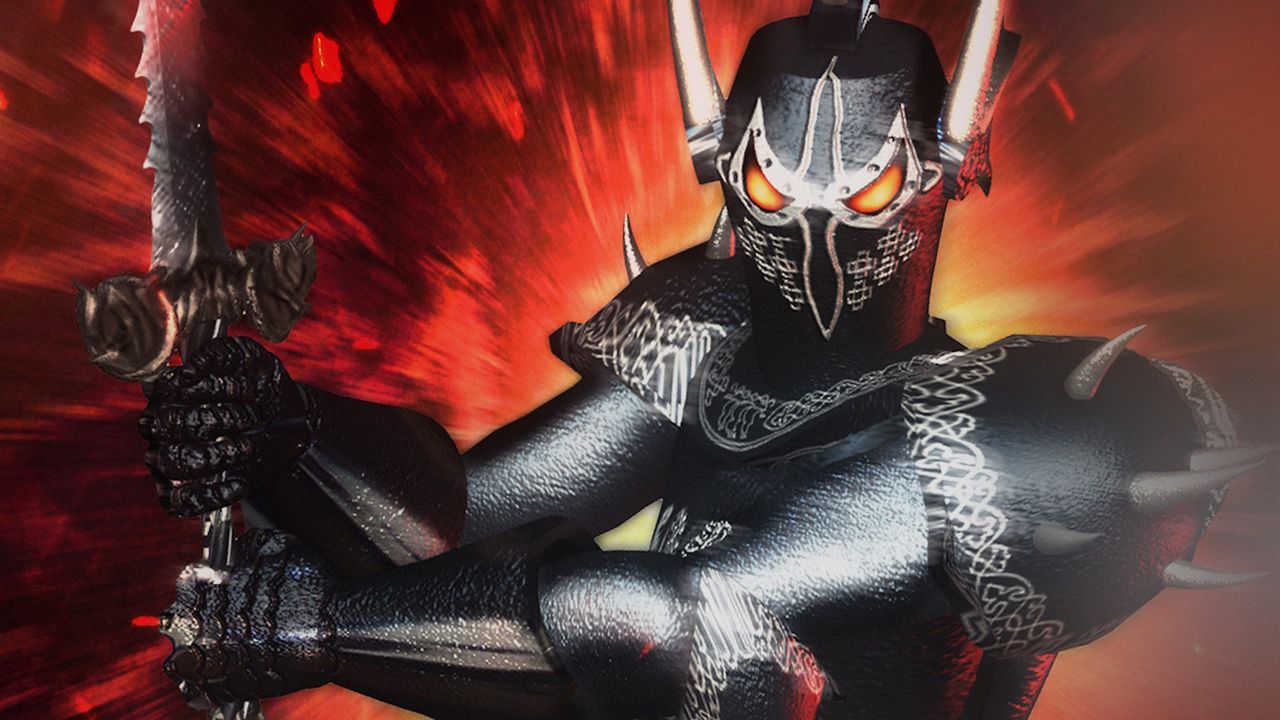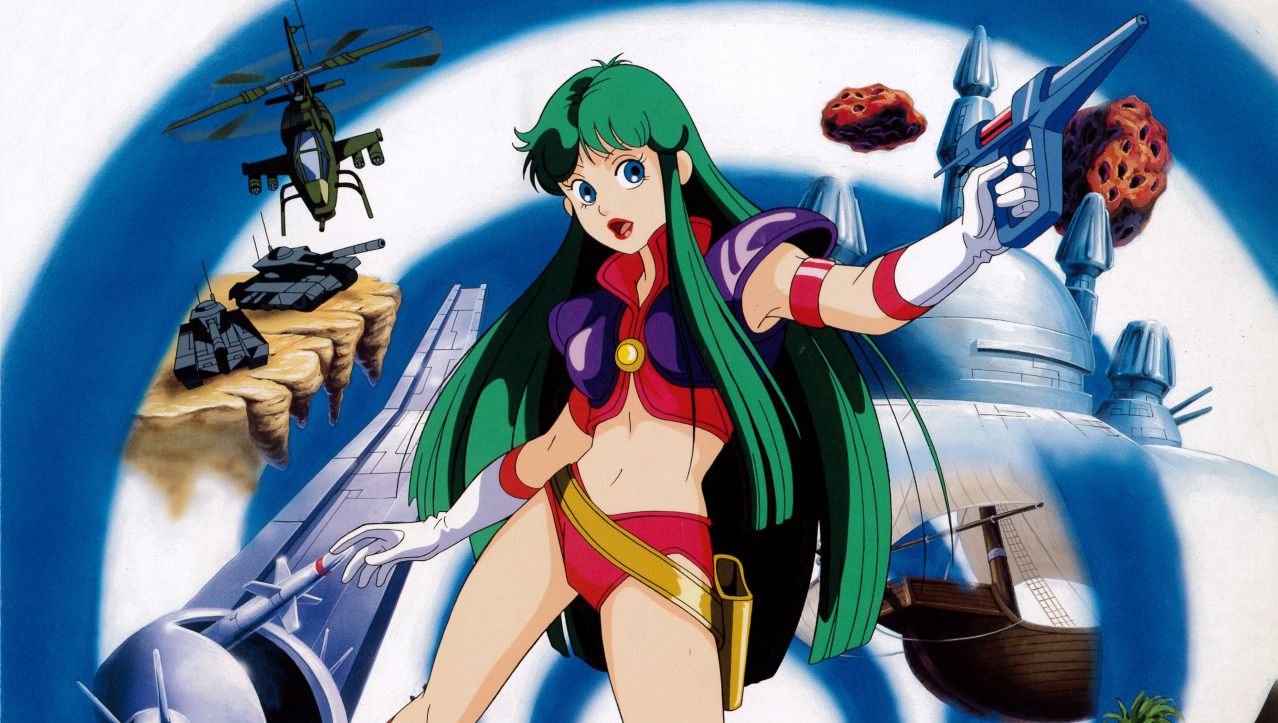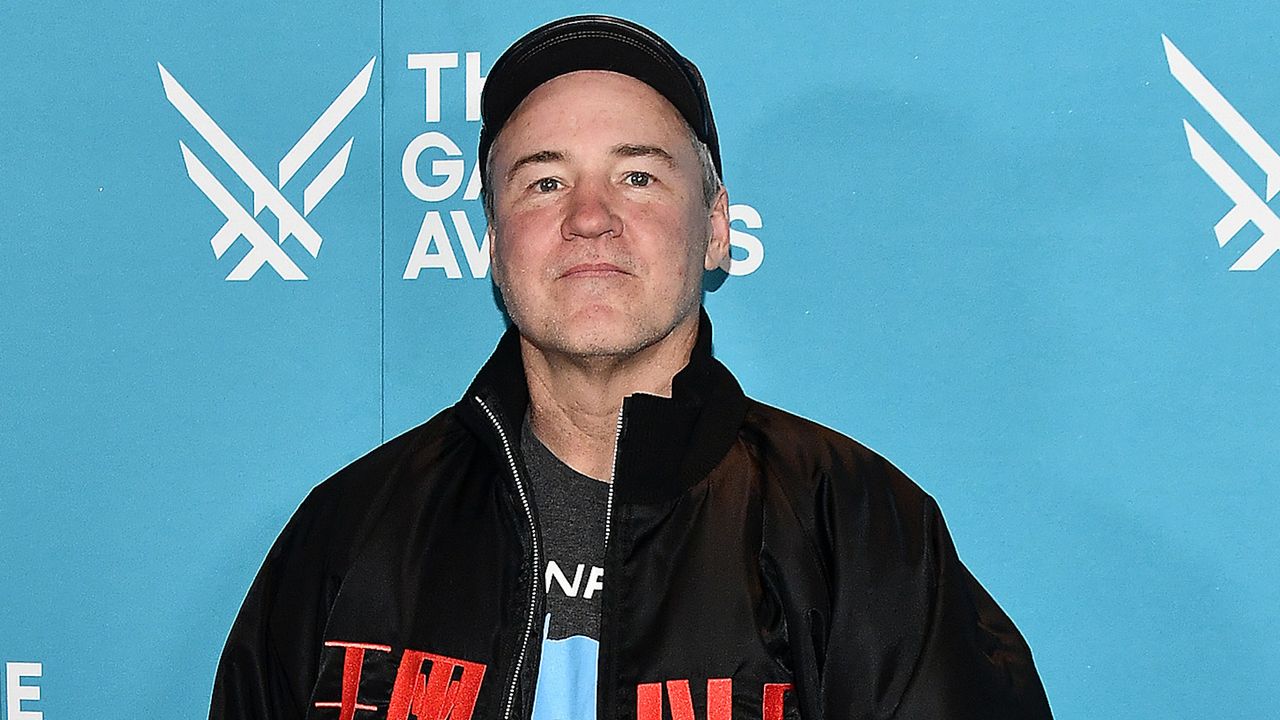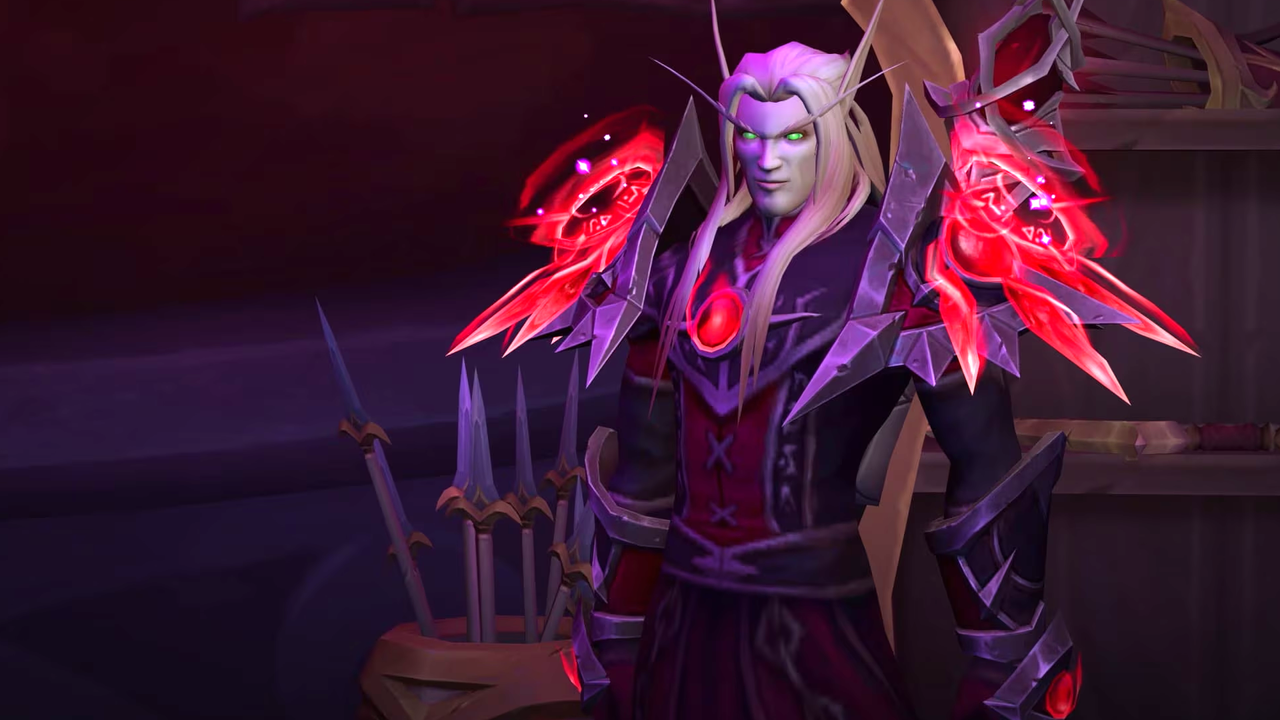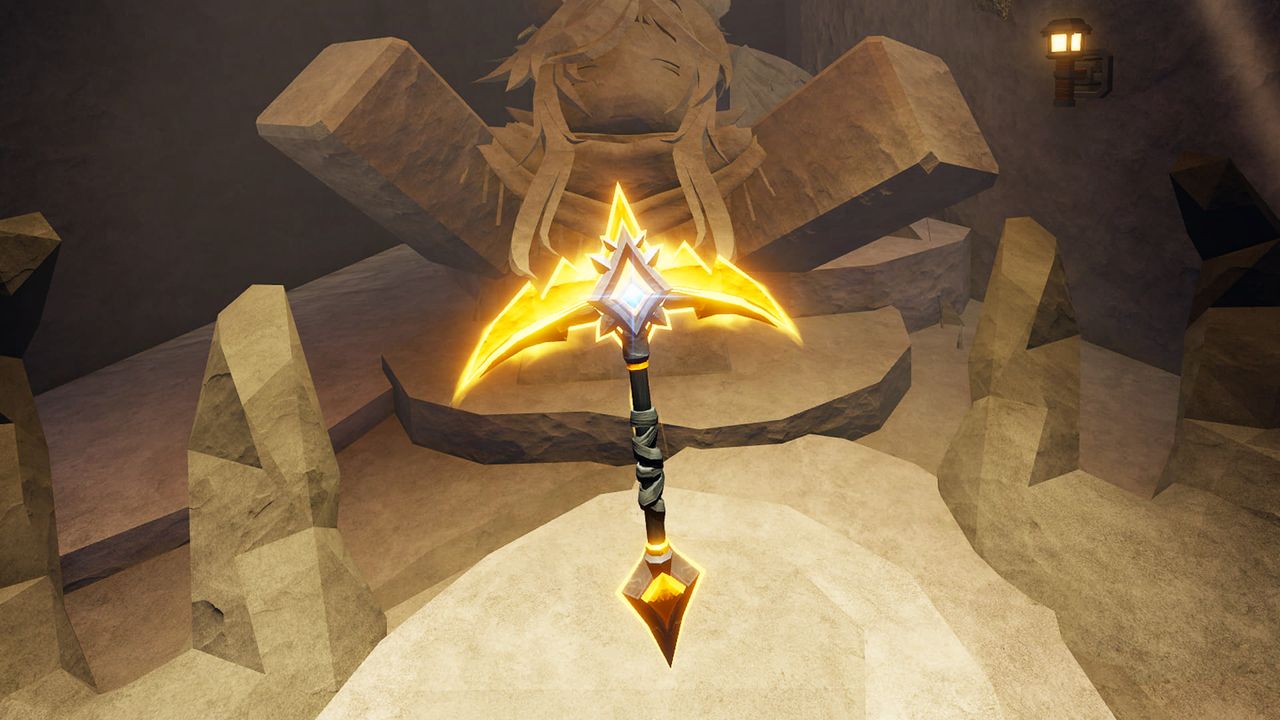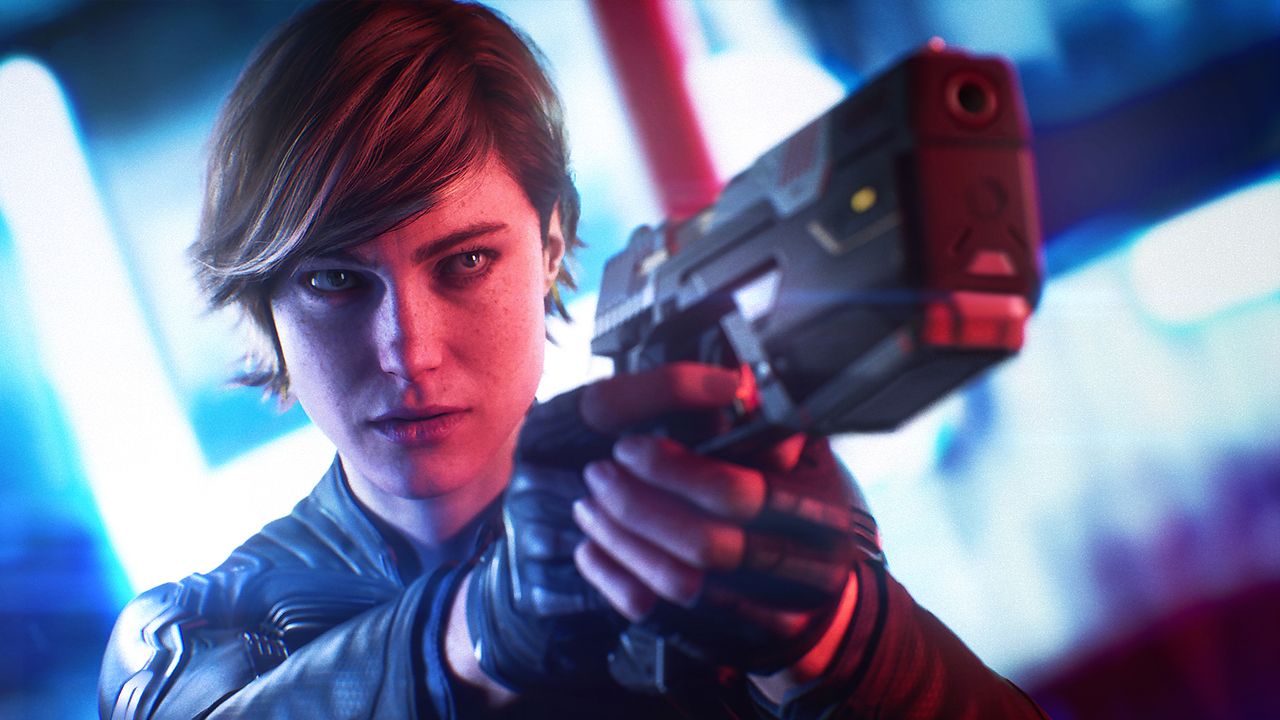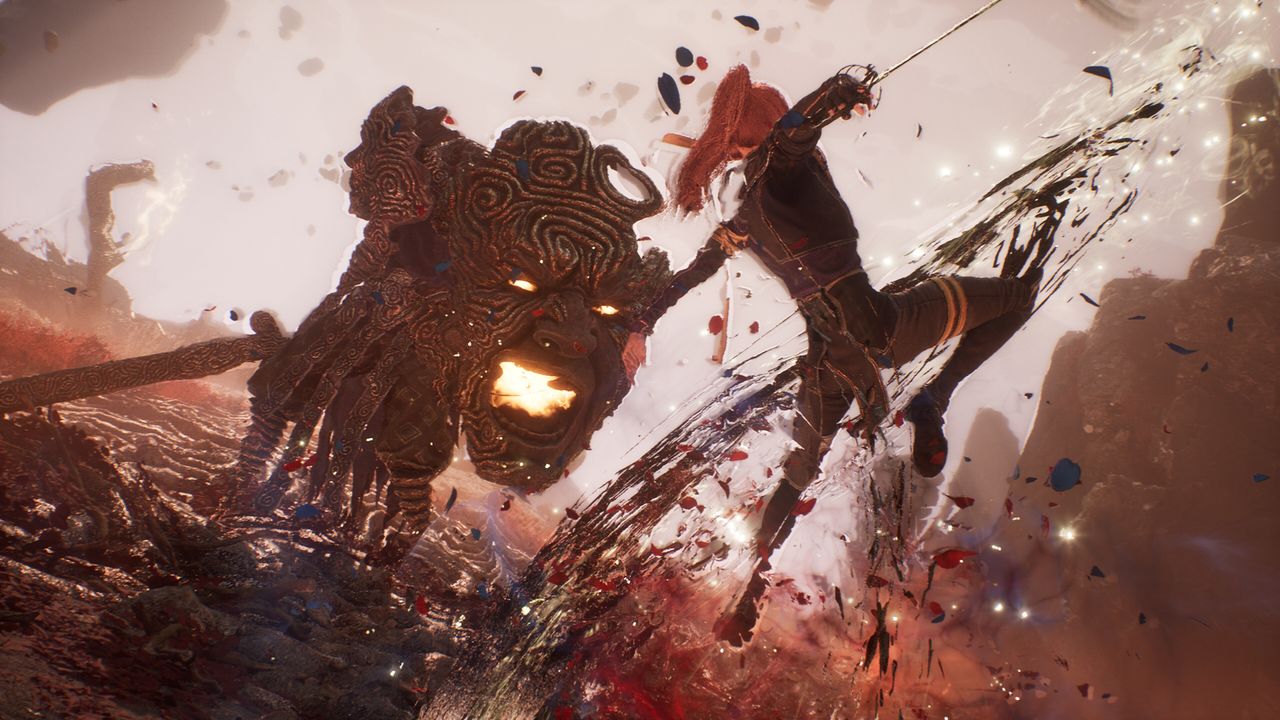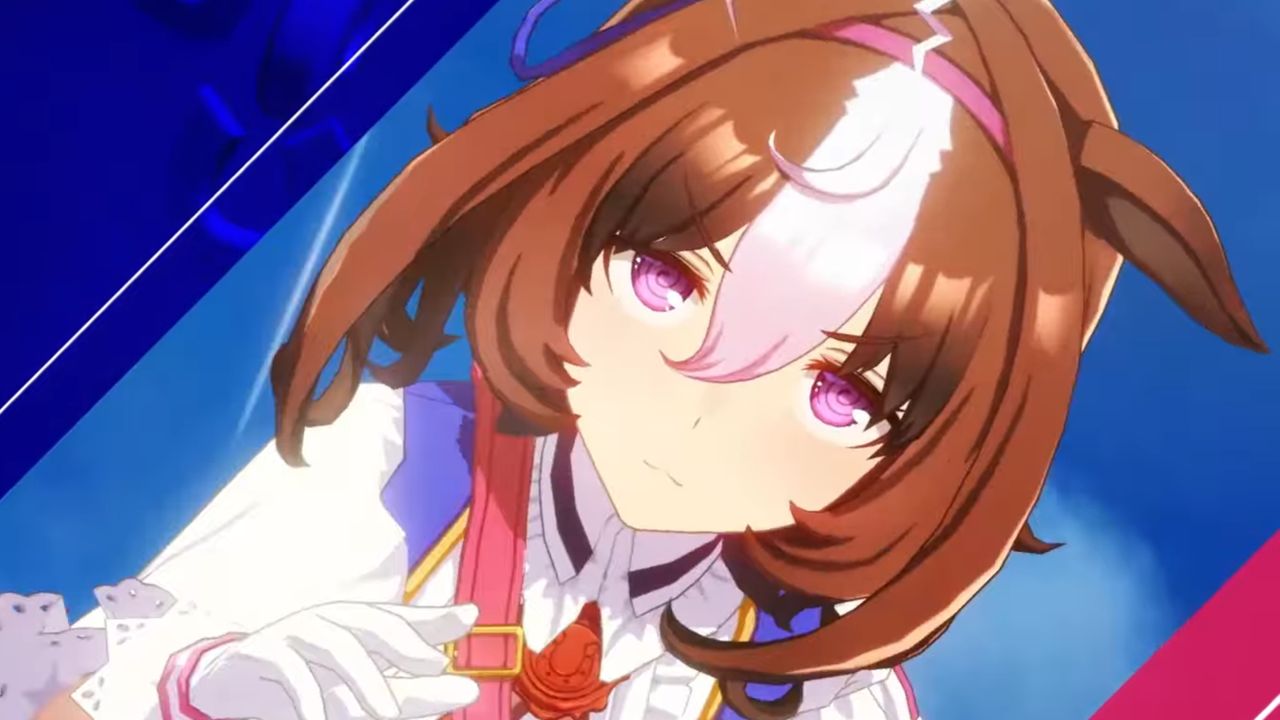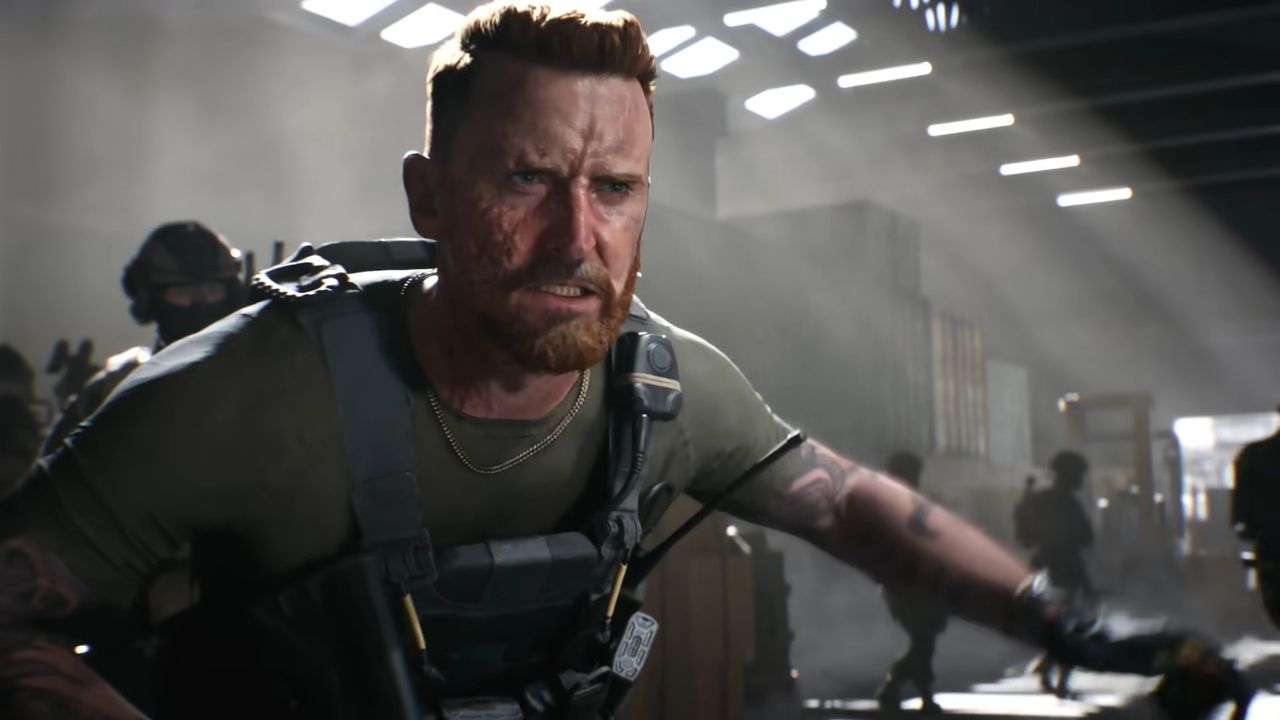
2025 has given us plenty of entertainment worth celebrating, but it’s also gone and brought us consoles that cost more now than when they were first released, a Tron movie featuring Jared Leto, and an even bigger hole in our lives where Grand Theft Auto 6 was supposed to be.
From price hikes to lowlights, and missed expectations to cruel cancellations, these are the biggest disappointments of 2025.
Box Office Blunders
Marvel may have kicked off 2025 by sending a brand new Cap into a Brave New World, but audiences clearly had more than a few gripes with Anthony Mackie’s turn in the Stars and Stripes. Despite what pre-release trailers had suggested, Captain America: Brave New World held back Harrison Ford’s transformation from President Thaddeus ‘Thunderbolt’ Ross into a scarlet shade of Hulk until the final few minutes of the film, which certainly had fans seeing red – just not in the way the filmmakers had intended. All told, Captain America: Brave New World suffered a 68% drop-off at the box office in its second weekend and is yet to break even on its estimated $425 million budget, making it closer to a Hulk shrug than a Hulk smash.
Meanwhile Tron: Ares turned out to be yet another lacklustre system reboot for a franchise that should have probably been shut down, boxed up, and sent to an e-waste disposal center by now. The latest instalment in Disney’s videogame-inspired sci-fi series may have featured a certifiably banging soundtrack from Nine Inch Nails, but audiences weren’t exactly burning doing the new Tron dance. Not since Jared Leto’s Morbius had a Jared Leto-led movie performed so poorly at the box office, with Tron: Ares’ mustering up just $60.5 million worldwide in its opening weekend. Despite its disastrous reception, Tron: Ares features a mid-credits scene that seemingly sets up a potential fourth film. Just don’t expect it for at least another 15 or so years, which appears to be the typical Tron cycle. (Not to be confused with one of those bitchin’ motorbikes.)
Heigh-ho, heigh-ho, it’s off live-action Disney remakes that audiences seem to have gone, or at least that’s how it appeared after the middling performance of 2025’s Snow White. To be fair, a tick over $200 million in global box office revenue is nothing for Sneezy to, well, sneeze at. However, there was clearly only one live-action adaptation about short people carrying pickaxes and singing catchy songs that most families wanted to see this year, and that was A Minecraft Movie, which hit theaters just two weeks after Snow White and completely dwarfed its performance at the box office. Disney would live to live-action again, though, since its Lilo & Stitch reboot would crack a billion dollars just a couple of months later, possibly due to the fact it was actually a good film. So who’s the fairest of them all? Moviegoers, it would seem.
Elsewhere, The Alto Knights proved that drafting in the writer of Goodfellas, the director of Rain Man, and a double dose of Robert De Niro, didn’t guarantee a good time at the movies. In spite of positive reviews from critics (IGN gave it a 9/10), Elio suffered the worst opening weekend of any Pixar movie ever. (Yes, even worse than The Good Dinosaur.) Sony videogame adaptation Until Dawn managed to both fumble its source material and fail to properly credit the series’ creators. And Dwayne Johnson’s The Smashing Machine failed to punch above its weight, returning $6 million on its opening weekend against A24’s reported budget of $50 million, not including “many millions more on promotional efforts”. It seems fair to say that The Rock is no longer cooking. Now it seems he’s just cooked.
Streaming Piles
The bombs weren’t confined to the big screen, though, and there was certainly no shortage of disappointment conveniently streamed directly to our televisions, tablets, and toilet televisions (that’s what we call our phones). Anyone who made the mistake of watching Star Trek: Section 31 must have been begging Scotty to beam that stream back up to Paramount+’s servers, because this intergalactic block of generic sci-fi schlock was so surprisingly awful it left audience faces set to stunned. IGN handed it a rare 2/10, stating that “Section 31 will infuriate Star Trek fans and bore everyone else.” Star Michelle Yeoh, coming off an Oscar win in 2023 for Everything, Everywhere, All at Once, was forced to concede that “it’s very hard to please all of your audience all of the time.” We’d argue that Section 31 didn’t even manage to please some of its audience any of the time, and that this particular Star Trek would have been better off lost in space.
Unfortunately, Star Trek wasn’t the only legendary sci-fi property to be completely mishandled in 2025. In July, Prime Video went back to the well – or specifically, H.G. Wells – to produce a modern-day adaptation of The War of the Worlds. The century-old classic novel has previously inspired radio plays, feature films, comic books, and video games, but in the hands of director Rich Lee, The War of the Worlds was reimagined as… a 90-minute-long Ice Cube reaction GIF. To be fair, we can’t say that this braindead disaster didn’t deliver on its promise – at least if you took the “It’s much worse than you think” tagline from its trailer as an honest appraisal of the movie’s quality rather than a reference to the alien invasion in its plot. War of the Worlds debuted with a rare 0% rating on Rotten Tomatoes, although has since skyrocketed to a whopping 4%. Meanwhile its producer insisted that there wasn’t any product placement in the film, despite the fact that it’s a movie on Amazon’s streaming service that makes a hero out of an Amazon delivery driver and hinges its climax upon the daring piloting of an Amazon drone. You couldn’t get product placement more intentional than that if it was a package left on your doorstep.
Dropping a US president into Die Hard-style scenarios is nothing new, see Harrison Ford in Air Force One or Morgan Freeman in the Has Fallen films, but despite its lack of originality, Amazon’s G20 still had a couple of big positives going for it – namely Viola Davis as the arse-kicking commander-in-chief, and The Boys’ Antony Starr as Homelander turned hammy Hans Gruber. Sadly neither had an approval rating high enough to elevate the dopey dialogue and choppy action sequences of this formulaic action flick. IGN awarded the film a 3/10, stating that “G20 isn’t just another streaming movie that feels designed to be half-watched; at times, it only feels half-made, too.”
The Electric State could also be accused of being half-made, at least by human hands, given that it was seemingly a co-production between the Russo Brothers and Netflix’s machine-learning algorithm along with help from some AI-based post-production tweaks. The controversial practice of using AI in film is widely assumed to be a way to keep production costs down, yet despite that the budget for this thoroughly disposable hodgepodge of superior sci-fi stories still spiralled to a reported $320 million, making it the most expensive film Netflix has ever made. IGN handed it a 4/10, stating that The Electric State “feels calculated to remind you of something you’ve already enjoyed.” For all that money and in spite of the star power of Chris Pratt and Millie Bobbie Brown, The Electric State failed to really spark.
Game and Shame
Any year in video games is invariably going to be a bit like a Guns N' Roses album. That is, chock full of absolute bangers but, shortly after you’ve worn out your neck headbanging to You Could Be Mine, My World arrives and promptly ruins the good times. Like the infamously terrible final track on Use Your Illusion II, 2025 has had us leaping for the eject button faster than a flaming fighter jet pilot on more than one occasion.
With a pile of performance issues and a complete lack of freedom, substance, and… an ending, MindsEye was far and away one of 2025’s most disappointing games. Unfortunately, its June launch went so badly that more than 90 staff at its developer Build a Rocket Boy later referred to it as “one of the worst video game launches this decade” in an open letter to company management. The letter called for change at the studio, apologies for not listening to staff concerns about the game, and “proper compensation for laid-off employees.”
On the topic of compensation, 2025 marked the year when Nintendo decided it ought to be compensated in some way for instructional tech demos of its new products, leading the company to release Nintendo Switch 2 Welcome Tour as a paid product, also in June. You want a tutorial about the console you just bought? Better cough up some more cash. Want to fully complete it? Better cough up some more for the required accessories. Remember the much-celebrated free pack-in Wii Sports? Former Nintendo of America boss Reggie Fils-Aimé does, and he certainly posted about it on social media at an intriguingly coincidental time.
Of course, just because a game is free, doesn’t mean it’s good. For evidence of that, look no further than EA’s reboot of the much-loved Skate series. 2025’s early access, free-to-play Skate is just like the old Skate games, only without the style, the atmosphere, the pros, the customisation, the campaign, the music, the varied maps, the humour, or the intro movies. It did, however, have a cardboard costume inspired by the Isaac Clarke’s Dead Space exosuit that cost around $35 to secure.
Call of Duty went back-to-back Black Ops in 2024 and 2025, but the only thing to come out of the decision is backlash. Containing what’s quickly becoming regarded as the worst Call of Duty campaign in the long history of the series, Black Ops 7 has been widely shredded to pieces following its November release for its unwelcome reinvention of campaign mode. Now always-online and co-op focused, Black Ops 7’s campaign mode has none of the rollercoaster-like pacing of a cinematic Call of Duty story, and opts instead for multiplayer-inspired maps and progression, with no checkpoints, and no ability to pause (even when you’re playing alone). The result is quite baffling, which is some result considering the fact Black Ops 7 is intended to be a direct sequel to Black Ops 2 despite releasing immediately after Black Ops 6 is already confusing enough. In the weeks that have followed, the Call of Duty team has promised no more back-to-back releases of sub-series like Modern Warfare or Black Ops, but this guarantee feels unlikely to help Black Ops 7 at this stage. Sales figures or player counts are still yet to be discussed, which strongly suggests Black Ops 7 is deep in the red.
This is by no means an exhaustive list of all the games that disappointed in 2025, and we haven’t even touched on FBC Firebreak, Game of Thrones: Kingsroad, Football Manager 26, Project Motor Racing, or the grammatically abhorrent Tales of the Shire: A The Lord of the Rings Game. Have we missed any? Let us know in the comments.
Rainchecked Release Dates
Some of the biggest gaming disappointments of 2025 weren’t the games that came out, but rather the ones that didn’t. After its public alpha test in April drew a heated response from fans and even accusations of plagiarism, Bungie decided to delay its live-service shooter Marathon from its intended September 23, 2025 launch to a March 2026 release window. In a post on its website, Bungie stated “we know we need more time to craft Marathon into the game that truly reflects your passion.” To be fair to the former house of Halo, it is a Marathon and not a sprint.
Meanwhile, Microsoft made the call to hold back its Fable reboot for another year. The fantasy RPG series that hasn’t been seen since the Xbox 360 era is currently being reimagined by the talented team at Playground Games, best known for its Forza Horizon open-world racing series. We’re keen to find out how the developer makes the adjustment from speed racers to chicken chasers, but for now Fable is a tale that won’t be told until sometime in 2026.
At least Fable was only delayed just once, though, unlike Marvel 1943: Rise of Hydra. In May, the planned release of the narrative-driven adventure featuring Captain America, Azzuri, and the Black Panther of the 1940s, was pushed out of 2025 and into early 2026. Then in November, Marvel 1943: Rise of Hydra was delayed again, this time to the somewhat vague sounding window of “beyond early 2026.” Considering we haven’t seen anything new from the single-player superhero story since an Unreal Engine 5.4 tech demo way back in early 2024, we’re inclined to assume that this one is still a ways off. Will it be worth the wait? Well, the fact that it’s being directed by the creator of the Uncharted series fills us with more optimism than a pep talk from Steve Rogers.
Of course, the most devastating delay – and arguably the most predictable – was that of Grand Theft Auto 6. Rockstar Games proved with Red Dead Redemption 2 that it was prepared to take its time in order to produce the best game possible, and that steadfast approach clearly paid off. Still, given that we’ve been waiting for a new GTA game since Ben Affleck was Batman, Game of Thrones didn’t yet suck, and everyone was still doing the Harlem Shake, it certainly left a lot of fans crying in their Pißwassers when the series’ long awaited return to Vice City was pushed back from Fall 2025 to May 26, 2026.
Things only got all the more agonising when that date slipped again, with GTA 6 currently not expected to launch until November 19, 2026. Beyond leaving fans feeling the lowest of Lazlows, the further postponement of Rockstar’s landmark launch will likely cast major ripples across the games industry, with analysts predicting everything from frantic release schedule reshuffling by competing Q4 2026 titles looking to get out of GTA 6’s way, to even a potential delay to the arrival of the next console generation. Will GTA 6 live up to the unprecedented level of hype and expectation? Will GTA 6 suffer another delay? And why do men have nipples? We’ll have the answers to at least a couple of those questions in a little less than a year’s time.
Unhappy Endings
While game delays are frustrating, they’re typically a considerably more tolerable option to the alternative: cancellation. That is, being postponed is better than never arriving at all. One is steaming into New York a day or two late, the other is hitting an iceberg and becoming James Cameron’s favourite holiday destination, two-and-a-half miles below the surface of the North Atlantic Ocean.
In July, Microsoft cancelled the long-gestating Perfect Dark reboot and completely shut down The Initiative, which was the development team behind the troubled project. The Initiative had been developing the game alongside Crystal Dynamics, which was revealed to be partnering on the project in 2021. Xbox officially revealed Perfect Dark’s return at The Game Awards 2020, but it had established The Initiative back in 2018 as the company’s first “AAAA” studio. Unfortunately, it appears AAAA appears to have simply been shorthand for, “AAAArgh, it’s all gone wrong.” Perfect Dark actually didn’t completely cease development at that time, however, and remained in production at Crystal Dynamics up until August. Crystal Dynamics was reportedly close to securing a deal with Take-Two to save the game, but this fell through. This resulted in an unconfirmed number of layoffs at Crystal Dynamics as the lights finally went out on Perfect Dark, permanently.
Avalanche Studios’ Contraband was also shut down at this time. The studio behind Just Cause and Mad Max had been developing Contraband in conjunction with Xbox for four years, but it appears we’ll never see it. A co-op, open-world smuggling game set in the 1970s, Avalanche confirmed at the time that active development on the game had stopped while it evaluated the project’s future, but since then Avalanche has laid off staff in Malmö and Stockholm in Sweden, and closed its UK studio in Liverpool.
Legendary UK studio Rare’s Everwild was also cancelled by Microsoft during this same period. Everwild was announced way back in November 2019 during Xbox’s X019 presentation, but little concrete information about how the end product was going to play was ultimately revealed over the nearly six years that followed. These cancellations were associated with mass layoffs at Rare and elsewhere around Microsoft as the company grappled with… record financial performance levels in 2025 and a 15% increase in revenue, at $281.7 billion. These layoffs also hit Forza Motorsport developer Turn 10, with some reports claiming that the Forza Motorsport team was essentially “no more.” It’s since been clarified that Forza Motorsport will apparently continue to see support in spite of the staff cuts, but whether the racing series will have any future after 2025 remains to be seen.
Sadly, one racing game with no future is EA Sports WRC, with Codemasters confirming in May that there will be no follow-up to its official WRC game and that the team has “reached the end of the road” working on the series after just one game. Unfortunately, alongside this news came the additional confirmation that the EA-owned studio is also “pausing development plans on future rally titles,” which is a big dose of dirt to cop in the face from a team that’s been at the forefront of rallying video games for almost three decades, dating back to 1998’s iconic Colin McRae Rally.
WRC wasn’t the only victim at EA, either; the company was swinging the axe quite liberally in 2025. In March it was reported that EA had quietly cancelled an unannounced, multiplayer first-person shooter from Apex Legends developer Respawn Entertainment, although the game in question was apparently only in extremely early development. It’s not at all uncommon for things like this to happen, however, and if you poured one out for every unannounced, unnamed project that didn’t make it out of incubation you’d die of thirst. That said, a month later it came to light that EA had also reportedly cancelled an unannounced Titanfall game, which does hurt slightly more than usual considering Titanfall 2 contains what’s widely considered to be one of the very best FPS campaigns in the history of the genre. We’re officially living in a world where Bubsy 3D can have a sequel announced in 2025, while Titanfall 2 has one cancelled. Nothing makes sense anymore. This unknown Titanfall game appears to have been a victim of EA layoffs that hit 300 workers, around 100 of which came from Respawn Entertainment. No other details regarding what this Titanfall project was are known.
But wait, because EA wasn’t done: in May it cancelled its Black Panther game and shuttered Cliffhanger Games, which was producing Black Panther as its debut project. Black Panther, which was announced back in July 2023, was set to be a single-player open-world game. EA claimed at the time that the decision to ditch the project was made in order to “sharpen” the company’s focus and put its “creative energy behind the most significant growth opportunities.” We’re guessing EA’s spreadsheet squad were unenthused by this single-player game’s lack of a Wakanda Ultimate Team mode.
Black Panther isn’t the only superhero to have the rug pulled out from beneath them in 2025, either. In February 2025 it was confirmed that Warner Bros.’ Wonder Woman game was cancelled and developer Monolith would be shut down. In a horrible twist, Wonder Woman would have been Monolith’s follow-up to its much-loved Middle-earth series and was expected to feature Shadow of Mordor and Shadow of War’s excellent and patented Nemesis system.
First announced at the 2021 Game Awards, Wonder Woman was a victim of a Warner Bros. decision to restructure its operations around “building the best games possible” with its “key franchises.” Of course, despite an overt focus on more Warner Bros. franchises than you could poke a carrot at, this restructure also didn’t involve the survival of WB brawler MultiVersus, either. The free-to-play fighting game was taken offline permanently and delisted in May.
A Price To Play
Rising prices are impacting plenty more than just video games. Hell, if supermarkets get any more expensive, groceries better start coming gold-plated. In the context of video games, however, 2025 has been like Quentin Tarantino sitting down and watching back-to-back Paul Dano movies: it’s just one massive disappointment after another.
In April, Sony raised the recommended retail prices of PlayStation 5 consoles across Europe, Australia, and New Zealand, citing “a challenging economic environment, including high inflation and fluctuating exchange rates” as the catalyst for the increase. Following similar price hikes made back in 2022, the PS5 was now considerably more expensive in many territories than it was at its launch. Sony subsequently also pumped up the price of all PlayStation 5 models in the US, with the RRP of each of these jumping by 50 bucks in August.
Microsoft raised the prices on Xbox consoles and various accessories back in May, and in October it kicked Game Pass prices into the stratosphere, with prices now reflecting a 50% hike in subscription costs since the previous 2024 price bump. Microsoft tempered this October surprise by stressing that there'd be no further price increases for Xbox… outside the US. Inside the US, however, Xbox console prices climbed by a further $20-$70, for the second time in less than six months. Xbox Series X|S? More like Xbox Series Excessive.
Not to be outtrumped, Nintendo also announced a range of price increases in August – for the eight-year-old original Switch and its proceeding Lite and OLED models. Pricing for the Switch 2 was left alone, but Nintendo’s move did come with a warning that price adjustments to things like the Switch 2, physical and digital Switch and Switch 2 games, and Nintendo Switch Online memberships “may be necessary in the future.” Nintendo is likely trying to prepare us for the worst here, but there’s no escaping the fact it sounds like the kind of ultimatum you typically get from two heavyset guys carrying baseball bats, driving a 1979 Cadillac Coupe DeVille.
That said, Nintendo president Shuntaru Furukawa recently indicated Switch 2 pricing should stay put for now, saying Nintendo believes it can “maintain the current level of profitability for hardware for the time being unless there are significant changes in external factors, such as a shift in tariff assumptions, or other unexpected events.”
It’s already been widely discussed how US tariffs have resulted in significant adjustments to how companies balance the books, with increased costs unsurprisingly being passed onto consumers. Inflation pressure is also a contributing factor; after a long period of stability since the global financial crisis in 2008, global inflation surged dramatically in the wake of the pandemic and Russia’s invasion of Ukraine. The frustrating part, however, is that this remains all quite unprecedented. That is, this generation Sony, Nintendo, and Microsoft have completely flipped the script on console pricing trends that date all the way back to the ’70s and ’80s. Over many decades, consoles have reliably and traditionally dropped in price over their lifespans – first via slow but natural erosion in value caused by the effects of standard inflation, and then by overt price cuts that bring the price of entry right down. This current crop of consoles, however, is not dropping in price – in fact, they’re going the complete opposite way.
Unfortunately, if people keep buying them at these prices, console price drops may go the way of old-timey bicycles and the funniest two-digit number between 60 and 70 being 69: a thing of the past.
Tristan Ogilvie is a senior video editor at IGN's Sydney office. Luke is a Senior Editor on the IGN reviews team.

